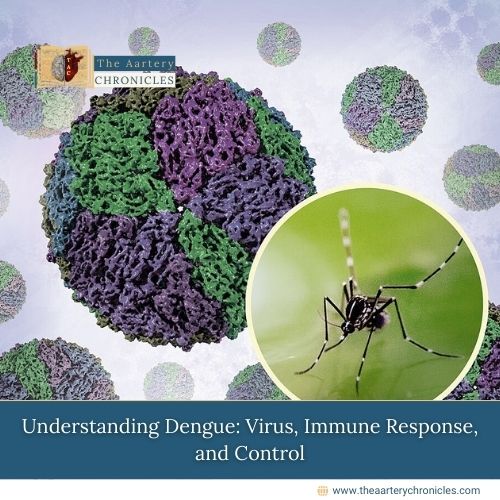

How Lung Bacteria Steal Iron to Outsmart Rivals
Summary: Scientists have discovered that antibiotic-resistant Pandoraea bacteria, found in cystic fibrosis patients’ lungs, aren’t just harmful, they also produce stealthy iron-stealing molecules called pandorabactins. These molecules not only help the bacteria survive in iron-scarce environments like the human body but also sabotage other microbes by starving them of iron. This research opens a new window into bacterial survival strategies and lung microbiome dynamics.
Microscopic Mastermind: How Bacteria Steal Iron to Survive
Ever wondered how some bacteria thrive in the hostile environment of your lungs? Scientists have uncovered a fascinating mechanism: Pandoraea bacteria, previously known mostly for causing infections in cystic fibrosis and sepsis patients, have now been caught in a microscopic heist, using natural compounds to steal iron and sabotage their rivals.
In a world where iron is a precious commodity for survival, these bacteria have evolved a clever way to beat the odds. And here’s the kicker: this discovery could change how we view pathogenic bacteria and the lung microbiome.
Pandoraea: More Than Just a Pathogen
Named after Pandora’s Box, Pandoraea bacteria live up to their ominous title. Until now, they were known primarily for causing lung infections, especially in individuals with cystic fibrosis.
But as researcher Elena Herzog from the Leibniz Institute for Natural Product Research and Infection Biology explains, “Pandoraea bacteria not only harbor risks. They also produce natural products with an antibacterial effect.”
In other words, they might be troublemakers, but they’ve also got biochemical tricks that can potentially influence their surroundings in unexpected ways.
The Iron War Inside Your Body
Iron is essential, not just for humans, but for bacteria too. It plays a vital role in energy production and metabolic processes. But in places like the human body, iron is tightly regulated and hard to find.
To survive in such environments, many microbes create siderophores, tiny molecules that grab onto iron and pull it into the cell. These are the microbial world’s version of high-tech magnets.
What was puzzling, however, is that until recently, Pandoraea had no known siderophore systems or virulence factors to explain how they managed to compete. That changed with this new discovery.
Discovery of a New Gene Cluster: The Pan Code
Using advanced bioinformatics and lab techniques, Herzog’s team identified a previously unknown gene cluster called pan. This cluster encodes an enzyme known as non-ribosomal peptide synthetase, a key player in siderophore production.
“We started with a gene cluster analysis and specifically searched for genes that could be responsible for the production of siderophores,” Herzog explains.
From this, they isolated two novel molecules, dubbed Pandorabactin A and Pandorabactin B. These molecules can bind iron and help Pandoraea thrive even when iron is scarce.
Starving the Competition
But these compounds don’t just help Pandoraea, they actively inhibit other bacteria by robbing them of iron. Lab tests showed that other lung-dwelling bacteria struggled to grow when pandorabactins were present:
- Pseudomonas
- Mycobacterium,
- Stenotrophomonas
That means Pandoraea isn’t just surviving, it’s taking out the competition
Cystic Fibrosis and the Changing Lung Microbiome
Even more compelling, when researchers examined sputum samples from cystic fibrosis patients, they found that the presence of the pan gene cluster was associated with shifts in the lung microbiome.
This suggests that pandorabactins might play a role in reshaping microbial communities during lung disease, something that could have long-term implications for understanding infections in cystic fibrosis and beyond.
Early Days but Big Potential
The findings are promising, and Herzog is careful to manage expectations.
“It is still too early to derive medical applications from these findings,” she notes.
Still, the study offers a fascinating window into bacterial evolution, chemical warfare in the body, and potential future targets for antibiotic development.
Backed by Science and Global Collaboration
The research was a collaborative effort between institutes in Jena, Heidelberg, and Hong Kong, conducted as part of Germany’s “Balance of the Microverse” project and funded by the German Research Foundation. The analytical tools, including imaging mass spectrometry, were supported by Thuringia and the European Union.
Conclusion: Pandora’s Box Just Got Smarter
What started as a quest to understand a dangerous pathogen ended with the discovery of nature’s stealthiest biochemical weapon. Pandoraea bacteria aren’t just surviving, they’re strategically manipulating their environment, fighting for iron and dominance in the lungs.
As research continues, understanding these tactics could open new doors for treatments and redefine how we approach bacterial infections.
Reference: Elena Herzog, Keishi Ishida, Kirstin Scherlach, Xiuqiang Chen, Benjamin Bartels, Sarah P. Niehs, Bachar Cheaib, Gianni Panagiotou, Christian Hertweck et al. Antibacterial Siderophores of Pandoraea Pathogens and Their Impact on the Diseased Lung Microbiota. Angewandte Chemie International Edition, 2025; 64 (24)

Dane
I am an MBBS graduate and a dedicated medical writer with a strong passion for deep research and psychology. I enjoy breaking down complex medical topics into engaging, easy-to-understand content, aiming to educate and inspire readers by exploring the fascinating connection between health, science, and the human mind.








